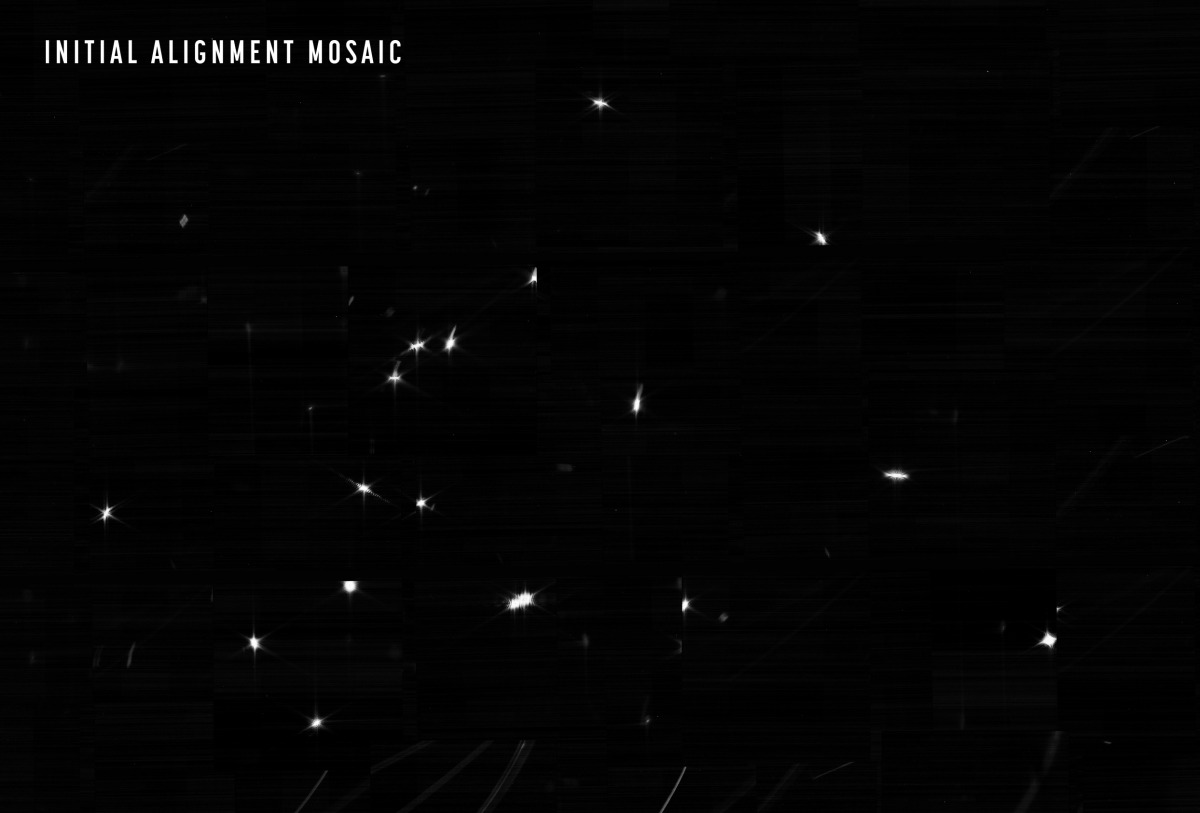Ce n'est pas récent et je ne sais pas si cela a déjà été posté ici, mais j'ai trouvé ça excellent...
On imagine mieux les forces et efforts nécessaires pour lancer un JWST ou le temps nécessaire à une sonde pour atteindre Saturne
|
|
Modérateurs: Modération Forum Loisirs, Le Bureau de l’Association HCFR • Utilisateurs parcourant ce forum: Aucun utilisateur enregistré et 1 invité
Robert64 a écrit:Dans l'espace, les distances, ça donne vite le vertige.
Imagine un habitant d'une planète dans la galaxie d'Andromède , une proche voisine, qui regarde la Terre avec un télescope de compétition.
Il verrait ... les australopithèques!
A+
Kolian a écrit:Robert64 a écrit:Dans l'espace, les distances, ça donne vite le vertige.
Imagine un habitant d'une planète dans la galaxie d'Andromède , une proche voisine, qui regarde la Terre avec un télescope de compétition.
Il verrait ... les australopithèques!
A+
c'est aussi pour cela que des programmes comme SETI ont une limite d'interet dans le fond.
La configuration dans mon profil

Sietch31 a écrit:D'ailleurs, en voulant me rendre compte des distances en jeu, je suis tombé sur cette vidéo.
Ce n'est pas récent et je ne sais pas si cela a déjà été posté ici, mais j'ai trouvé ça excellent...
On imagine mieux les forces et efforts nécessaires pour lancer un JWST ou le temps nécessaire à une sonde pour atteindre Saturne
https://youtu.be/zR3Igc3Rhfg

Loug a écrit:40 étoiles filantes satellites space X se consumant dans l'atmosphère au lancement
[youtube ]a7KUSN89-A0[/youtube]
https://www.futura-sciences.com/science ... ire-96679/
moins de 24 heures après le tir, les effets d'une tempête solaire ont atteint la Terre, avec de lourdes conséquences
|
Retourner vers Se cultiver_apprendre |